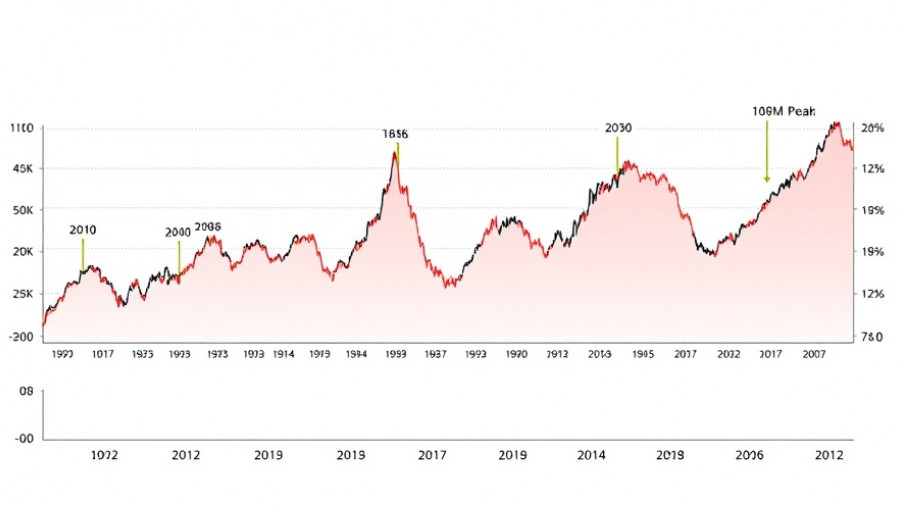
Understanding CAPEX: What Investors Need to Know
In the world of investment, capital expenditures (CAPEX) play a crucial role, especially for companies in capital-intensive sectors like telecommunications and energy. While investors often focus on earnings as a proxy for company performance, understanding the cash flow implications of CAPEX decisions is pivotal. Poor CAPEX management can conceal significant discrepancies between reported earnings and actual liquidity, impacting investment decisions.
Why Monitoring CAPEX is Essential
Growth CAPEX decisions often have long-term implications for businesses, making monitoring cash flow conversion essential. A company's ability to generate consistent cash flow from these investments can directly affect its capacity to return value to shareholders through dividends and buybacks. For instance, companies may report healthy profits while struggling to maintain liquidity if their expansion initiatives falter.
Red Flags for Investors to Watch
Investors should remain vigilant for warning signs in company disclosures. Increases in leverage or higher costs of capital can indicate financial strain, especially if a company leans on variable rate debt during uncertain economic times. Observing trends such as declining profitability in operational metrics can also signal potential trouble in capital allocation decisions. By recognizing these red flags, investors can better protect their investments in increasingly complex financial landscapes.
 Add Row
Add Row  Add
Add 




Write A Comment